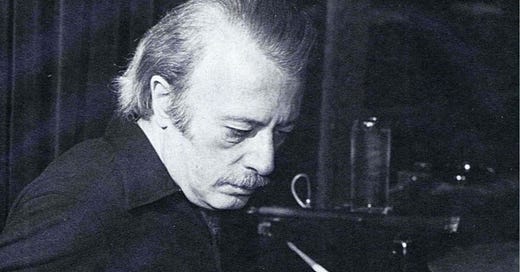John Rae — Total Musicality by Charles Bernstein Modern Drummer March 1985
© Introduction Copyright ® Steven Cerra, copyright protected; all rights reserved.
© Introduction Copyright ® Steven Cerra, copyright protected; the author claims no right of copyright usage.
In the 1950s, a Mambo dance craze swept NYC off its feet - in some cases, literally. Following the Second World War, an influx of immigrants from Puerto Rico, the Caribbean Islands and Cuba [where Mambo was founded in the 1930s] brought with them the joy and happiness of dancing to music.
The result was that Mambo exploded in downtown supper clubs and uptown joints and the big bands of its purveyors - Tito Rodriguez, Machito and Tito Puente - developed a huge following.
“The Spanish Tinge” had always had its place in Jazz dating back to the music’s origins in New Orleans after WWI. Dizzy Gillespie and other beboppers were also practitioners of Latin Jazz and the small combos of George Shearing and Cal Tjader began to incorporate Mambo and other forms of Latin Jazz rhythms [rhumba, tango, samba] into their repertoire in the 1950s which were now given the new label of Afro-Cuban Jazz.
Whereas Jazz in general followed a metronomic beat, Afro- Cuban Jazz was based on various forms of the clave beat and it took a very special aptitude among drummers to learn and apply the difference.
Enter Johnnie Rae who discusses these subtleties and intricacies associated with being a Jazz drummer in a “Latin bag” in this March 1985 interview with Charles Bernstein which appeared in Modern Drummer magazine.” [Bag in Bebop slang = a particular interest or thing.]
Keep reading with a 7-day free trial
Subscribe to CerraJazz Substack to keep reading this post and get 7 days of free access to the full post archives.




